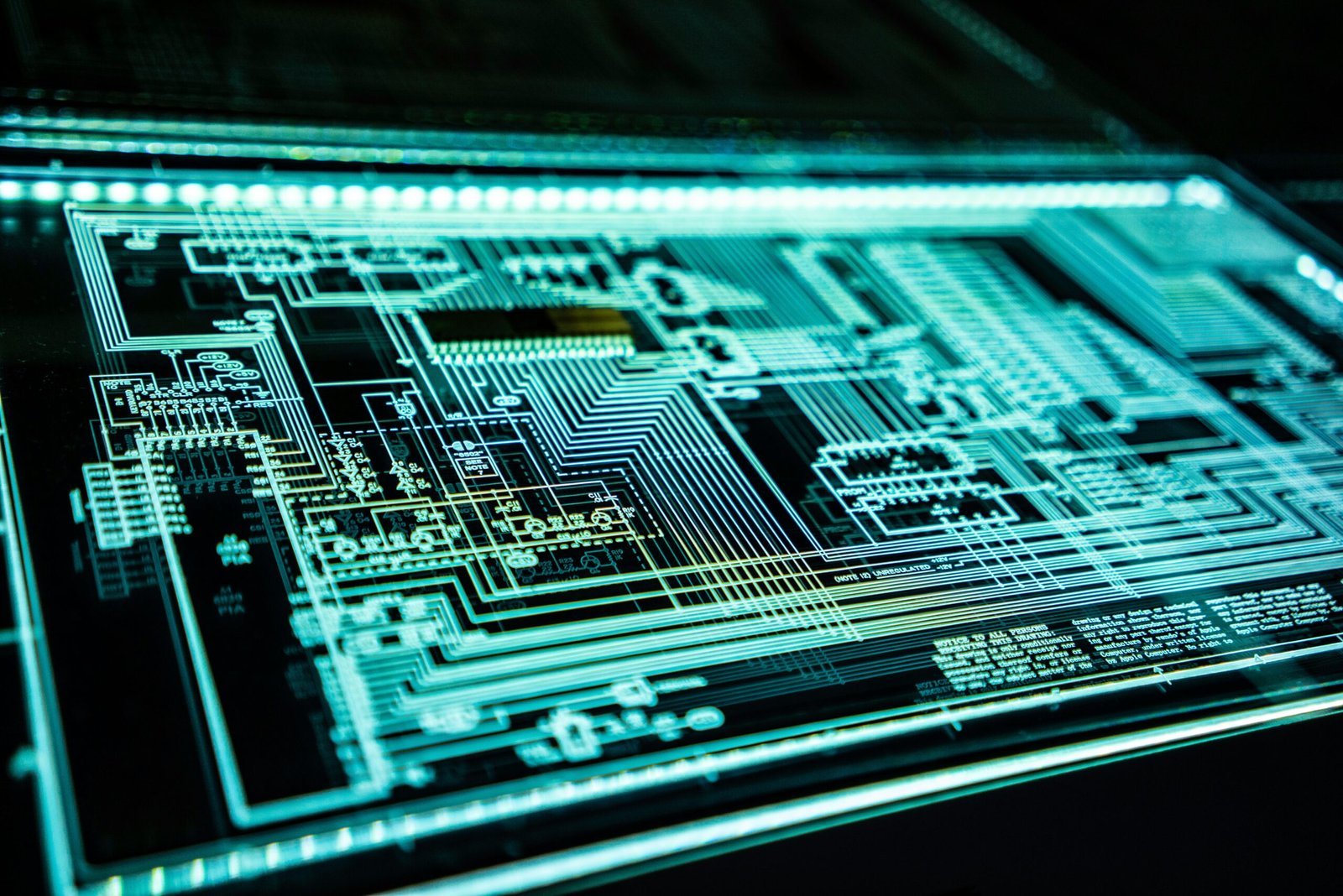The Importance of Security Posture and Risk Management (SSPM) in Modern Cybersecurity

Introduction
In today’s digital landscape, cybersecurity has become a critical concern for individuals, organizations, and governments alike. With the increasing sophistication and frequency of cyber threats, it is essential to have robust security measures in place. One such measure that has gained significant importance is Security Posture and Risk Management (SSPM). This article explores five key reasons why SSPM is essential for modern cybersecurity.
1. Real-time visibility into security posture
One of the primary reasons why SSPM is crucial for modern cybersecurity is its ability to provide real-time visibility into an organization’s security posture. SSPM solutions offer comprehensive monitoring and analysis of security controls, vulnerabilities, and threats. This real-time visibility allows organizations to identify and address potential security gaps promptly. By having a clear understanding of their security posture, organizations can make informed decisions and take proactive measures to enhance their cybersecurity defenses.
2. Proactive risk mitigation
Traditional cybersecurity approaches often focus on reactive measures, such as incident response and remediation. However, SSPM takes a proactive approach to risk mitigation. It helps organizations identify potential risks, vulnerabilities, and misconfigurations before they can be exploited by cybercriminals. By continuously monitoring and assessing security controls, SSPM solutions can identify weak points in an organization’s infrastructure and provide recommendations for remediation. This proactive approach helps organizations stay one step ahead of cyber threats and minimize the impact of potential security incidents.
3. Compliance enforcement
In today’s regulatory landscape, compliance with industry standards and regulations is paramount. Failure to comply with these requirements can result in severe consequences, including financial penalties and reputational damage. SSPM plays a crucial role in ensuring compliance enforcement. It helps organizations assess their security controls against industry standards and regulatory requirements. By continuously monitoring and reporting on compliance status, SSPM solutions enable organizations to identify and address any non-compliance issues promptly. This proactive approach to compliance enforcement helps organizations avoid potential legal and financial risks.
4. Threat detection
Cyber threats are constantly evolving, becoming more sophisticated and harder to detect. Traditional security measures, such as antivirus software and firewalls, are no longer sufficient to combat these threats. SSPM solutions leverage advanced analytics and machine learning algorithms to detect and analyze potential threats in real-time. By monitoring network traffic, user behavior, and system logs, SSPM solutions can identify anomalous activities and indicators of compromise. This early detection allows organizations to respond promptly and mitigate the impact of cyber attacks.
5. Response automation
When a security incident occurs, the speed and effectiveness of response are crucial. Manual incident response processes can be time-consuming and prone to human error. SSPM solutions offer automation capabilities that streamline incident response workflows. They can automatically trigger predefined response actions, such as isolating compromised systems, blocking malicious traffic, or notifying security teams. By automating response actions, SSPM solutions help organizations minimize the time it takes to detect and respond to security incidents, reducing the potential damage caused by cyber attacks.
Conclusion
In conclusion, SSPM is an essential component of modern cybersecurity. Its ability to provide real-time visibility into security posture, proactive risk mitigation, compliance enforcement, threat detection, and response automation makes it a valuable tool for organizations looking to enhance their cybersecurity defenses. By adopting SSPM solutions, organizations can stay ahead of cyber threats, reduce the impact of security incidents, and ensure compliance with industry standards and regulations.